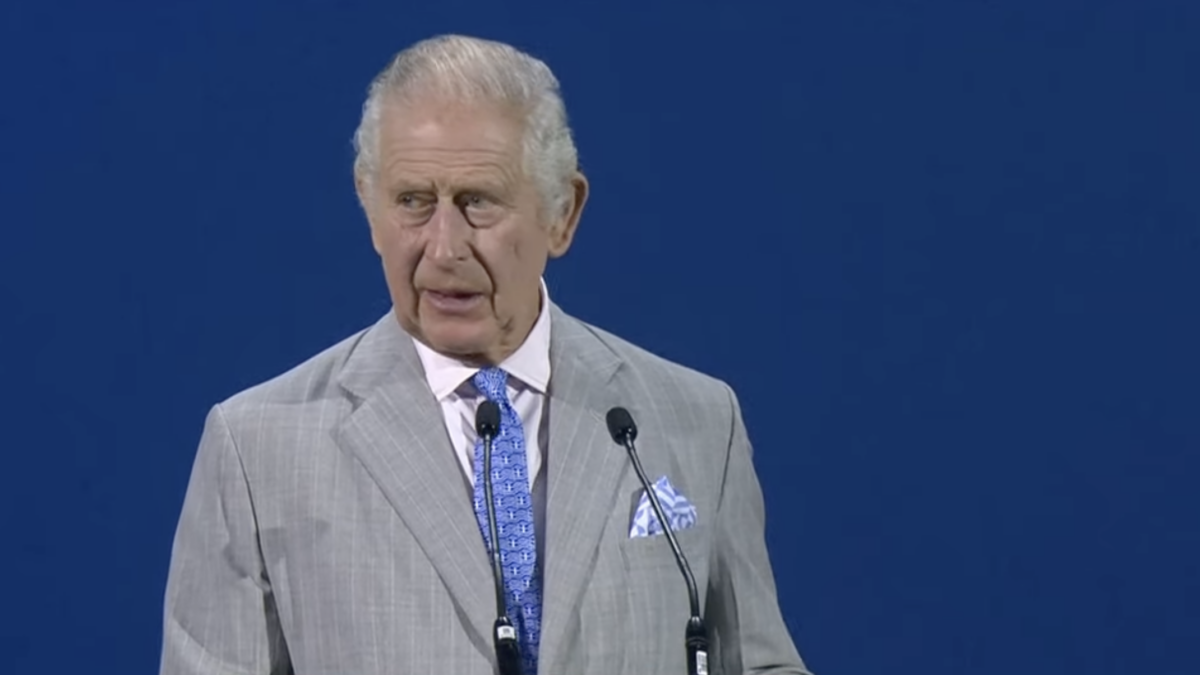Last week was a seeming high point for environmental activism. Politicians, activists, and passionate youth banded together to fight carbon emissions from cars and planes — by flying and blocking traffic.
The week of September 23, politicians, diplomats, and activists met in New York City for the UN Climate Action Summit. The summit’s main talking points included calls to reduce driving, flying, meat consumption, and population growth in order to limit carbon emissions and slow global warming.
Bringing more than 100 heads of state, their entourages and teams, and invited experts, scientists, and activists led to hundreds of flights to get everyone to New York. While teenage activist Greta Thunberg sailed from her native Sweden to New York on a $1.3 million yacht, nearly all of the other attendees took flights, many private, to attend. One transatlantic flight is estimated to cause more than 2,000 pounds of carbon emissions, and the summit specifically detailed the dangers of airplane travel for the environment.
To reduce the massive carbon footprint of flying out hundreds, the entire summit could have been just as effective if held remotely. Telecommunication has become so advanced that the conference could have been a massive video call, which would have halted the flights. There is no practical reason that everyone had to be in the same room. If planes and cars are so deadly to the environment, this summit did more harm than good.
In conjunction with the summit, protesters took to the streets. Demonstrators chained themselves to a boat attached to a car trailer, parked in the middle of traffic, and left it in the middle of a busy intersection. Picket lines and protesters blocked several other major streets.
This protest led to countless blocks of backed up, idling traffic. Thousands of cars were left idling for hours, leading to excessive carbon emissions, the same thing the protestors were convening to protest. Cars are responsible for approximately one-fifth of the United States’ carbon emissions, with each gallon of gas driven resulting in around 24 pounds of carbon dioxide and other greenhouse gasses. In their quest to combat carbon emissions, these climate activists dramatically increased them.
DC also saw climate strikers throwing confetti, because littering is obviously the best way to protect the environment. In fact, the climate strike in several major cities left behind piles of garbage. If the UN Climate Summit and the associated climate strikes are to be believed, the best way to protest pollution and carbon emissions is to increase both to a striking degree.









